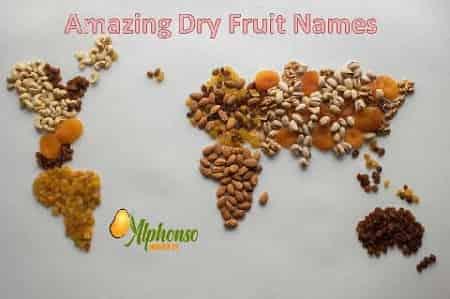Dried Cranberries: A Sweet and Healthy Snack
By Prashant Powle
Dried Cranberries: A Sweet and Healthy Snack Dried cranberries are a delicious and nutritious snack with various health benefits. They are a good source of fibre, vitamins, and minerals and...
Read more
